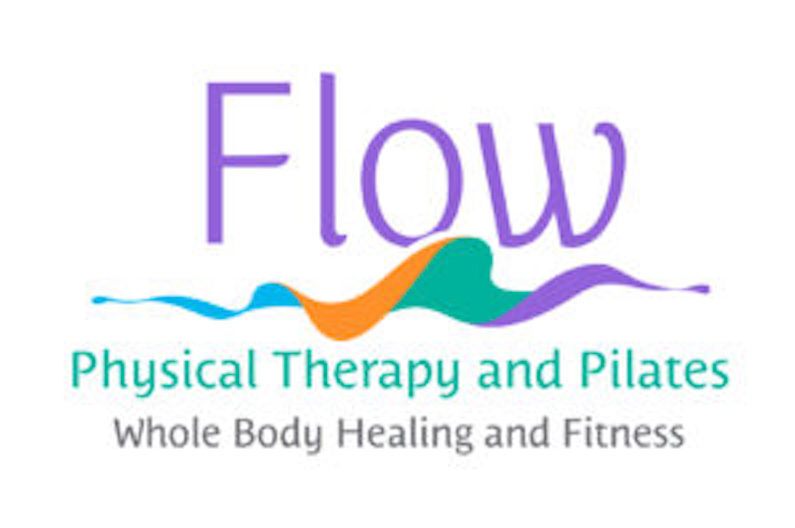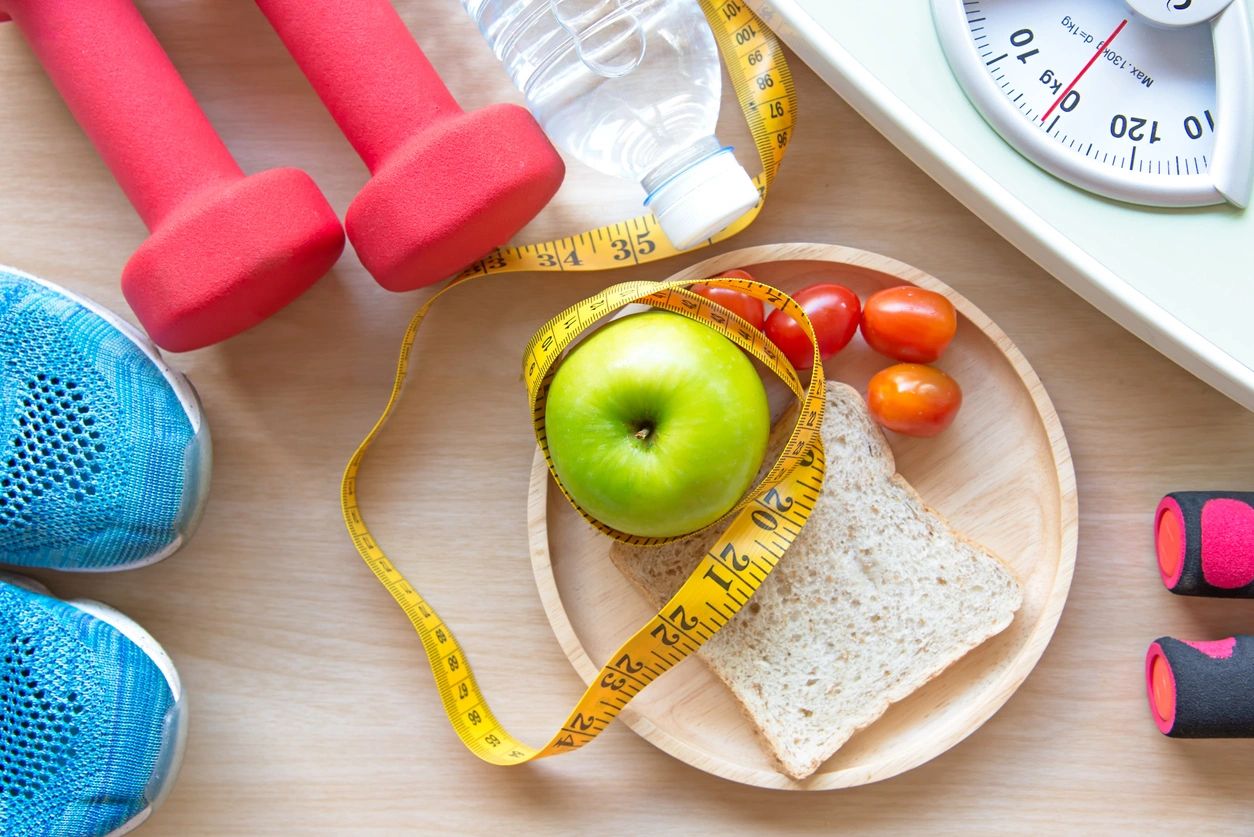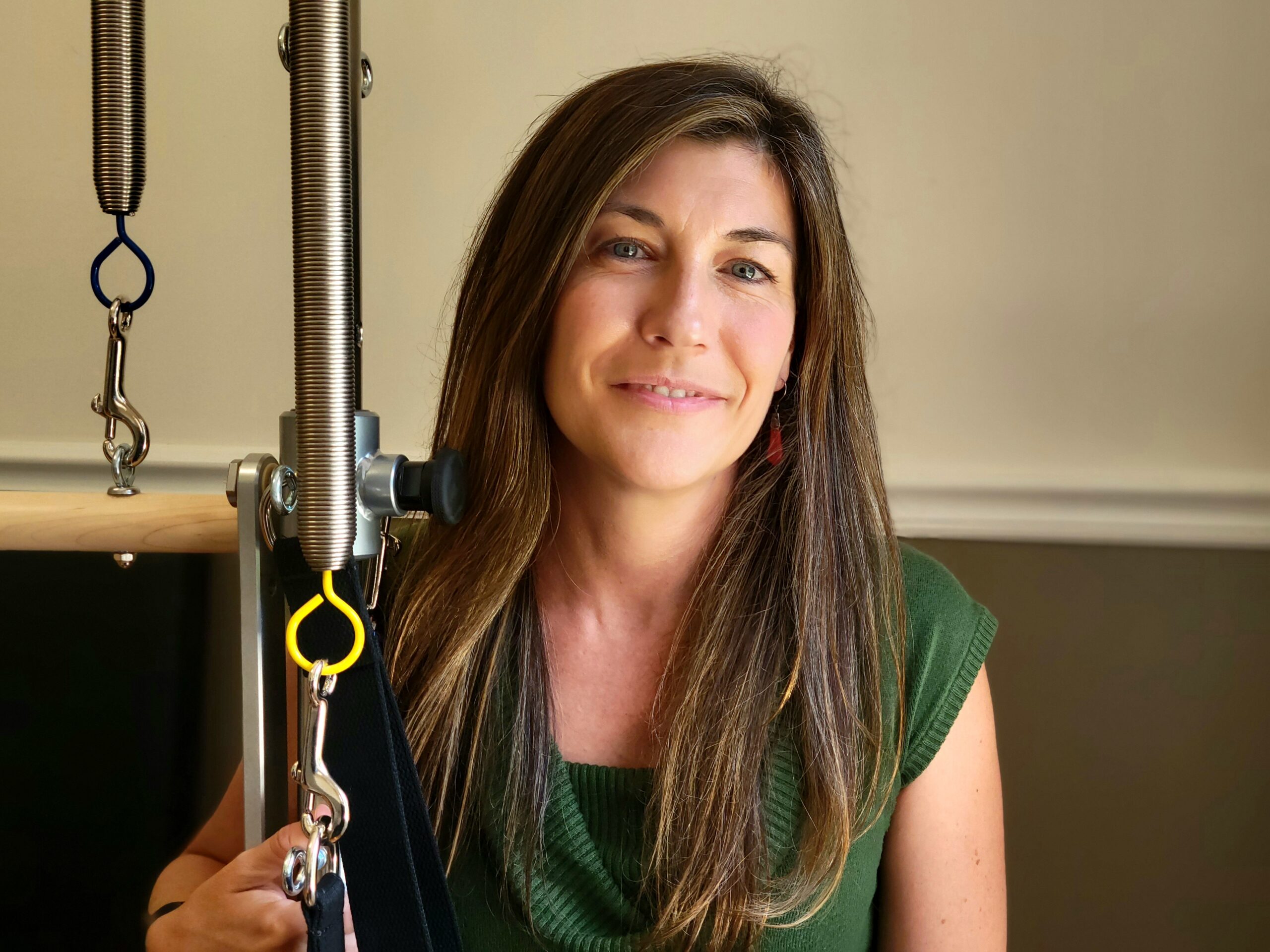It’s that time again. We’ve been steeping in fatty, rich foods, sweet treats, and alcohol for the past month to celebrate the holidays. We’re on the home stretch to one final hurrah for the year to give 2021 the proper send off. Tradition tells us it’s time to start reflecting on the last year so we can prepare to kick off 2022 as a better version of ourselves. Even if you aren’t a sappy traditionalist, I think a lot of people see the new year as a good time to start something. Big surprise, I’m going to suggest you make your new year’s undertaking a health resolution.
What kind of health resolution are we talking about?
Let me be clear that I am not suggesting a diet. I tend to feel that diets become unsustainable fads. Diets sometime require such drastic shifts in the way food is consumed that they can be mentally fatiguing.
My idea of a healthy resolution is to first make the conscious effort to find an activity or lifestyle change that promotes better health. Then, starting Saturday, January 1, commit to this health resolution. It is your final holiday gift. In a way, you are giving the gift of a healthier life to yourself and to those that care about you.
My Personal Reason for Choosing Health
I eat reasonably healthy most of the time. This means I try to get roughly the recommended daily allowances each day, weighing vegetable and fruit more heavily, while eating small amounts of treats here and there (because sweets make life fun). Four to five times a week, I usually do some form of exercise. I also do my best to get good sleep. When I’m feeling more high strung, I meditate.
I value being able to do most activities without limitations from my body, which is why I partake in the above healthy habits. However, my bigger motivator is that I truly care about my spouse and children and want to be healthy for them for as long as possible.
My own dad passed away when he was 59 years old on my 29th birthday. He had congestive heart failure and died from a stroke (lack of oxygen to the brain). He missed meeting my husband, walking me down the aisle at my wedding, holding my first born child, and laughing at the antics of my second born child. Some of the most amazing events in my life he was not there to be a part of.
My dad was a smoker from before I was born. In elementary school, I wished every time I blew out my birthday candles that he would stop smoking. I once told him that was my wish. For years, I thought he’d quit, but it turned out he was just hiding it.
The year before he died, he had a heart attack. He stopped smoking cold turkey and cut out salt from his diet. Sadly, these changes came too late. I would give back every gift I ever received from him, including a dollhouse he built for me, if he would have chosen a healthier path.
So, I make healthy choices so my family doesn’t have to experience those joyous, important life events with the touch of sadness.

Benefits of a Health Resolution
Enough of the sad violin music! There are other, less dramatic benefits to opting for a health resolution.
Lower Blood Pressure
According to the Mayo Clinic, 150 minutes of physical activity each week can lower blood pressure by 5-8 mmHg. They also state that for every 2.2 pounds lost (or 1kg), you can lower blood pressure by 1 mmHg. A diet high in whole grains, fruits, and vegetables and low in saturated fat and cholesterol can lower blood pressure by up to 11 mmHg.
Normal blood pressure range is less than 120 mmHg over less than 80 mmHg. As blood pressure rises, the risk for heart attack, heart failure, stroke, kidney damage, vision loss, and sexual dysfunction increases.
Improved cholesterol
Cholesterol levels play a role in how much plaque builds up in our blood vessels. Higher amounts of plaque lead to increased risk of heart attack, stroke, coronary artery disease, and bypass surgery. Decreasing the levels of low density lipoproteins (LDL’s, AKA bad cholesterol), can decrease the risk of cardiovascular related deaths and stroke.
I would like to note that I used the wording “improved cholesterol” as opposed to “low cholesterol.” We could go down the rabbit hole on this one, but simplistically, some cholesterol is needed and is good for us, including LDL’s.
Decreased excess weight
Excess weight, or fat, on the body is more than a cosmetic problem. Increased weight can put pressure on the heart, which causes it to enlarge and work harder. The increased workload on the heart causes it to wear out faster.
Extra weight also has consequences for the joints of the body. For every 11 pounds of extra weight, your knees have a 36% increase in the likelihood of developing osteoarthritis. Even just 10 extra pounds can increase the forces on the knees by 30-60 pounds. The surfaces of the knee joint become less smooth and thin over time. These changes lead to arthritic decline of the knee joint, which in turn can cause tears of the cartilage that require surgical repair or a total knee replacement.
The spine is affected by excess weight as well. Increased abdominal fat causes the low back to arch forward more (AKA increased lordosis). This position puts more strain on the muscles of the low back, causing muscle strains.
Losing one pound of weight requires losing 150 calories per day for a week. Your body won’t care if you do it via decreased food intake or increased body activity.
Improved mental well being
Although this isn’t about appearance, generally, when one perceives that they look better, they feel better.
There are actual changes in brain chemicals when we exercise. With just 30-45 minutes of cardiovascular exercise, our body begins to release brain chemicals such as dopamine, norepinephrine, and serotonin. These are our “feel good” chemicals. These are the same chemicals that are targeted by anti-depressant medications like Sertraline and Zoloft. This is not to imply that exercise is a replacement for those medications as some people might truly need them.
Exercise also releases endocannabinoids. In this day and age where the legalization of marijuana and CBD has brought attention to the effects of cannabinoids, I think we all can infer what an endocannabinoid release can mean.
Mental well being can also see improvement through mindfulness, meditation, and breathing exercises. The breathing exercises tap into our vagus nerve, which deals with calming the fight, flight, or freeze responses of the sympathetic nervous system. Prolonged, diaphragmatic breathing can stimulate the parasympathetic nervous system, which decreases heart rate, blood pressure, and muscle tension.
Improved gastrointestinal (GI) function
In short, improved GI (stomach and bowels) function means you will poop better and have less heartburn. And seriously, who doesn’t want to poop better?
A healthier diet typically means foods that have good amounts of fiber, which digest well and don’t get stuck in the intestines for too long. Exercise is also an activity that promotes good intestinal mobility needed to move digesting food along. Drinking adequate amounts of water is also important so that our body doesn’t need to keep food in the intestines longer to get the maximum water from it.
Why all the discussion on food in the intestines? If food zips through our intestines, we don’t get enough nutrients from it. This is diarrhea and creates a deficit of beneficial nutrients that our body needs to maintain healthy tissues. If food hangs out in the intestines too long, the becomes constipation. Constipation that happens repeatedly can cause hemorrhoids, incontinence, and sometimes permanent damage to the muscles of our pelvis.
So, enough about poo. Let’s talk about heartburn and acid reflux. Choosing less fatty foods, drinking more water, drinking less caffeinated or alcoholic beverage (notice I wrote “less” not “no”), eating appropriate portion sizes, and exercising can also decrease the incidence of our foods coming back up the pipe. If our stomach is too full, the level of stomach acid sits too close to the entrance of the stomach, making heartburn more likely. Fatty foods, caffeine, and alcohol are all substances that make the sphincter (round muscular opening) to the stomach relax. If the sphincter relaxes, stomach acid can escape upward. Again, heartburn.
Benefits Recap
By now, I’m sure you’re noticing a theme. Choosing some aspect of healthy lifestyle generally improves either heart function, lung function, mental function, GI function, and/or musculoskeletal function.
Activities for a Health Resolution
Hopefully, you have shifted into “OK, sounds good to me…Now how do I start”. There are many ways to be healthy. I’ve gone into a few below but this is by no means a complete list.
Exercise
We are no longer primitive hunter gatherers or nomads. Therefore, actual physical activity is needed to maintain a healthy body.
For a healthier heart and vascular system, aerobic type cardio workouts are the key. An aerobic workout is an activity maintained at a heart rate that is 70-80% of your maximum heart rate. However, even a moderate intensity of 50-70% of maximum heart rate is helpful. Maximum heart rate is 220 minus your age. Get your calculators out! An easy sign of this type of workout is that you can maintain a conversation but might be a little winded at the upper intensity level.
Aerobic exercise can be walking, hiking, running, biking, swimming, kayaking, skating, dancing, and on and on. As long as it keeps you moving and your heart rate stays elevated, it’ll do. Aerobic exercise should be done 3-5 days of the week to be effective, or between 150-300 minutes per week.
Exercise that promotes a healthy musculoskeletal system is strengthening and stretching. For actual strength gains to occur, strengthening should be done 2-3 times per week. Stronger muscles protect joints by creating stability around the joint to keep them in proper alignment.
Stretching is a whole other realm that could take up an entire blog or two. At its most basic, stretching should be done frequently if you are trying to increase muscle length and should be gentle to moderate in intensity to avoid injury. Flexibility of muscles decreases the risk of strain to a muscle.
Exercise types that promote strength and flexiblity are Pilates, yoga, weightlifting, crossfit, and plyometrics. A health resolution can be just one portion of any of the above exercise modes.
Eat Healthy
Once again, I am not telling anyone to diet. In general, diets tend to occur as fads and can be quite the money machines. In the past some diets have even caused damage to the body, such as very high protein diets causing kidney damage.
What I do suggest is eat well balanced meals containing more vegetables and fruit. Eat proper portion sizes. Don’t cut out the foods that have fat, sugar, and salt. Even those things have their place in our body’s health. Instead, limit the amount of foods with fat, sugar, and salt, either by decreasing the frequency you eat them or limiting the serving size you eat of it.
Limiting the amount of caffeine or alcohol is also beneficial. Both substances can have health benefits, but in excess, they can be detrimental.
A good basic resource for healthy food intake is the US Recommended Daily Allowances (USRDA). It keeps it simple and straightforward. It’s also where I learned that the serving size on the food packages is the amount an average consumer eats of the item, not what is the healthy recommended amount of the food. Perhaps only eat 2 Milano cookies and not the 4 cookie serving size.
Destress Your Brain
Your brain needs some love too! Take care of the control center. More stress means more cortisol in your blood stream which means more wear on your brain. High levels of stress maintained over time are linked to increased incidence of dementia and Alzheimer’s disease.
You don’t have to be a Zen yogi to get brain benefits. Meditation can be done for 5 minutes to an hour. It can be done sitting, laying down, and walking. You can go to a class but there are many simple ways to meditate at home. There are various apps for meditation, including Insight which has a variety of guided meditations and a good free version available. UCLA also has some good resources online for meditation.
If meditation doesn’t sound like your cup of chai, just simply doing breathing exercises can bring your stress levels under control. Diaphragmatic breathing, or belly breathing, is a way of inhaling and letting your stomach (or abdomen) expand followed by your ribs expanding and then reversing the order as you exhale. A good rule of thumb is inhaling for 4-7 seconds and exhaling 7-8 seconds. This improves oxygen in the blood and also slows the heart rate.
Decreasing stress can also be in the form of choosing a mindful activity, such as coloring, knitting, painting, fly fishing, needle felting, drawing, reading, or playing solitaire.
Another easy way to decrease stress is to simply say “no.” There are only so many waking hours in a day. Sometimes, just cutting out some of the “to do” list or commitments can drop your stress level. Is it loving to go to every soccer game your child has? Maybe, unless you are a hot mess and need some time to unwind. Isn’t it good to attend happy hour for co-worker bonding? Sure, unless you just really need some sleep so you won’t want to drop kick your computer the next day.
Whatever path you take, just find a way to chill. Any of the methods of stress reduction would make a wonderful health resolution.
Pick Your Passion and Get Resolving
With so many avenues to be healthy, how do you choose? First, really think about what you need or want. You are more likely to do a thing if you feel connected to it. Think of what is motivating you because it may be what keeps you going.
Secondly, pick just one aspect that you’d like to choose for health. Don’t go for the whole package because that’s like overfilling a burrito. Something is bound to squirt out or burst. For example, just choose to eat 3-5 servings of vegetables daily instead of trying to hit all the food group recommendations, while also adding exercise. Baby steps people.
Third, set a goal timeline of 60-90 days to achieve all or part of your health resolution. In one study, participants took 66 days on average to make a habit change. In fact, set 3 goals. The first goal will be the easiest minimal thing you want. The 2nd goal will be the “if I’m on a roll” type of goal, which may or may not happen. The 3rd goal will be a “shoot the moon” type of goal, and may not happen but would be awesome if it did.
Next, start at the lower level. If you pick aerobic exercise but have never done it before, going gangbusters at 30 minutes of running 5 days a week is probably going to fail. Instead, start a walk to run program that might only be 15 minutes a day 3-4 days a week. If it’s diet you choose to improve, just start by drinking more water. Again, start simple. You need the first step to be attainable and sustainable.
Finally, just start it already! Really think through how you are going to execute your change and go for it!
Have a Happy Healthy New Year!
Disclaimer:
Please use the above as a general guide. You may wish to consult a physician, a psychologist, a nutritionist, etc., before beginning any major lifestyle change.


